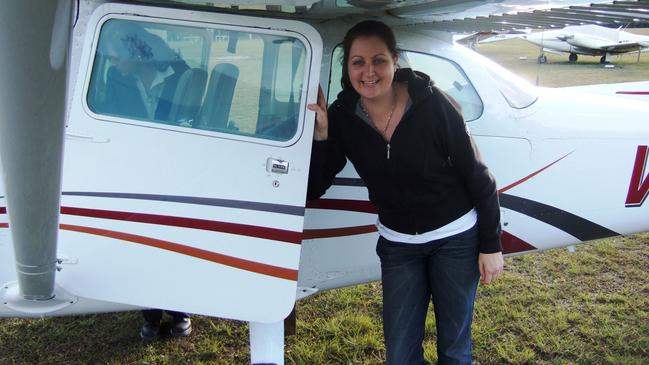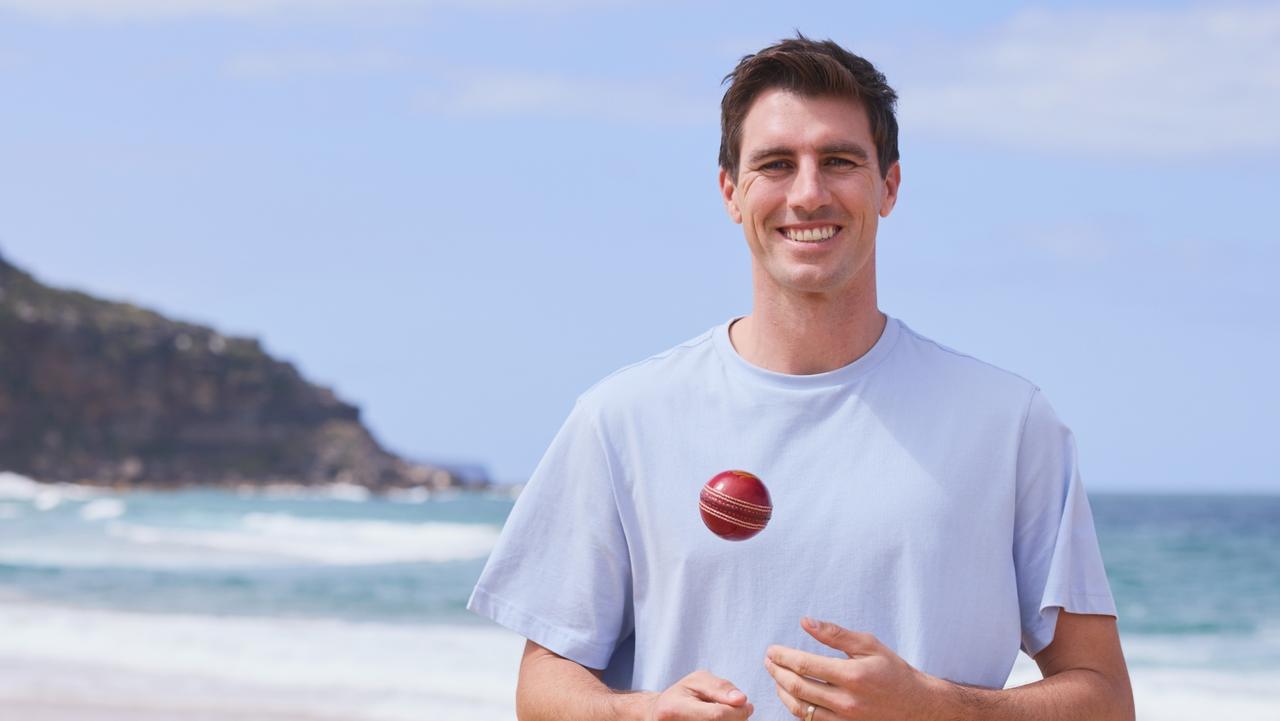Female pilots in demand as airlines broaden recruitment base
Female pilots will fly straight through the glass ceiling as airlines set their sights on women recruits.

For all the gains women have made in the corporate world, airlines remain very much a male-dominated arena.
Statistics compiled by the International Society of Women Pilots show the odds of a woman being at the controls of a commercial airline jet are about 5 per cent.
But as global demand for pilots grows, airlines are recognising the need to try to correct the gender imbalance.
Qantas and Virgin Australia have set new gender targets for their pilot recruitment schemes to maximise their potential talent pool.
Qantas is aiming to lift the proportion of women pilots recruited to 40 per cent within 10 years, while Virgin has set a 50-50 balance at intake.
Veteran aviator Bob Tait, who runs an aviation theory school in Queensland, has seen thousands of aspiring pilots over the decades and believes flying is a gender-neutral job.
“On a performance level, pilots are just individuals and they perform as such. There is no innate quality that makes one better than the other,” Tait says.
“The skills required to fly a modern commercial aeroplane are in large part attention to detail, situational awareness, making common sense decisions under pressure — and just getting on with people.
“Women are very good with attention to detail. They’ve also got a flair for communication.”
In Tait’s courses, women typically represent 5-10 per cent of students.
“In my experience, while a lower number attend, a higher percentage do well and go further,” he says. “Once they’ve decided it’s what they want to do, they’re single-minded and motivated to achieve.”
Encouragingly, Tait says the days of a “boys club” in the skies have changed.
“Most men look at it intelligently now,” he says. “There’s not that resistance that once existed. It’s about respecting the passion and skill.”
Catherine Hamilton is a full-time commercial airline pilot with Cobham Aviation Services in Perth. She typically flies a 100-seat Aerospace jet, travelling to the mines across Western Australia, and says she has never felt intimidated being outnumbered by men.
“I grew up around males, my dad and brother were aircraft engineers, I was always around hangars, aeroplanes and airports and in the tea rooms,” Hamilton says.
“For me, having such a strong and early exposure to aviation, I caught the bug — that and watching The Flying Doctors series on telly.”
She says gender is not a factor on the flight deck, with discipline and diligence the most valued qualities in a captain.
“You might have been piloting for 20 years and seen it all and survived it all. But there’s a saying: never trust a plane,” Hamilton says.
“For 99 per cent of the job, nothing is happening, while 1 per cent is action. But the job requires you to stay alert for the whole time — waiting for that 1 per cent. So complacency is your biggest enemy and it can easily creep in. To me, the worst kind of captain or pilot is a complacent one. It’s a fine line between healthy confidence and cockiness.”
Virgin Australia said its previous pilot cadetships have had up to 50 per cent interest from women and the airline was confident of reaching the target for upcoming intakes.
Qantas this year announced plans to open two new pilot academies next year to meet anticipated demand for aviators.
Of the 17,000 people who had expressed an interest in the new schools, 20 per cent were women, Qantas said.
Susan Martin is a Perth-based freelance journalist with an interest in aviation.


